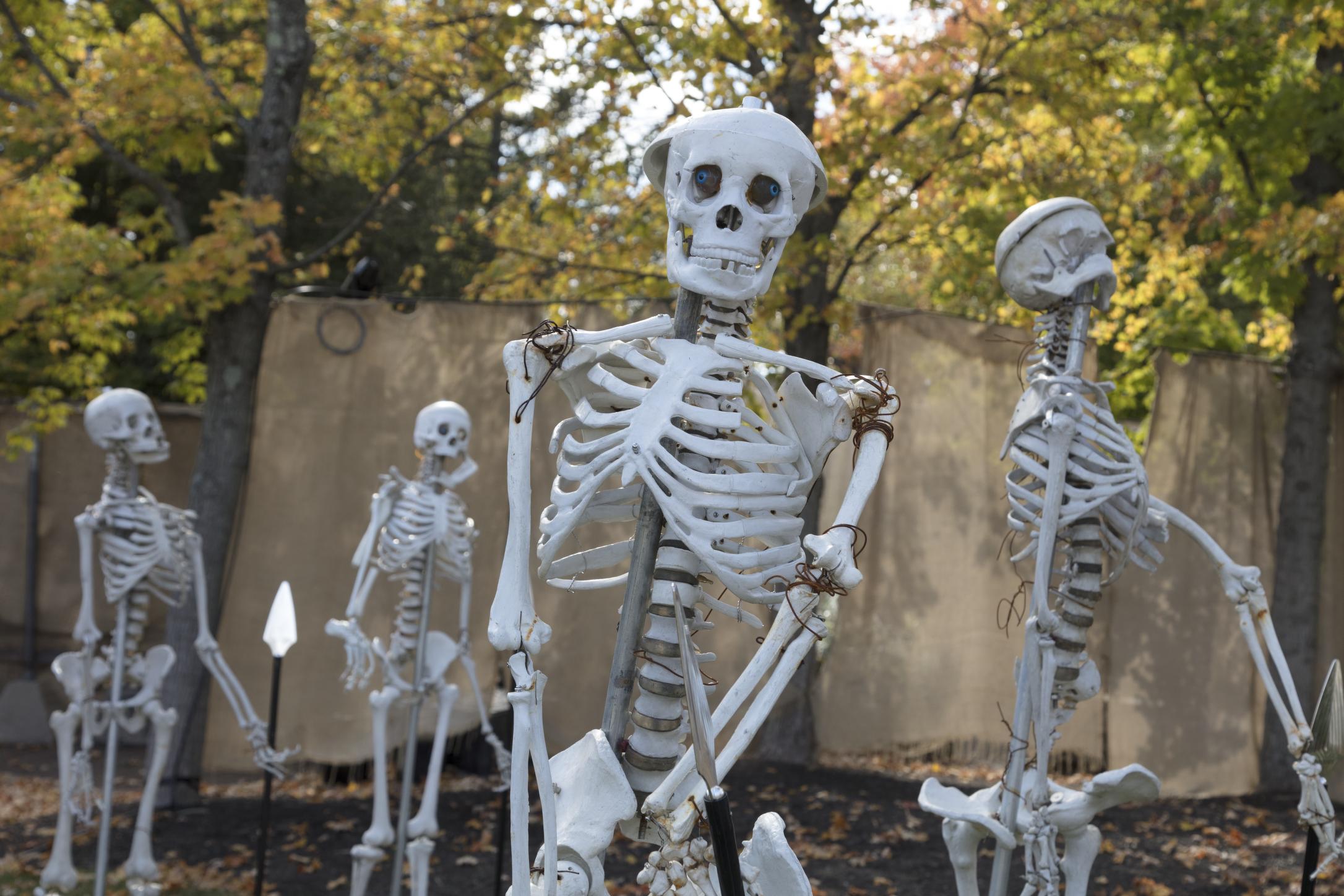My first three and a half years of teaching in Japan were spent as an ALT in junior high schools. While those days are long gone, I still have great memories, especially the occasional opportunities to do something out of the ordinary for graduating third-year students before winter break, when they shifted into full exam mode. This lesson does require some preparation, but it’s reusable year after year and can easily be adapted to different themes, such as Halloween or Christmas.
The premise is simple: a treasure hunt where students follow a series of clues to reach a final goal. The difficulty and language level of the clues can be adjusted by the teacher, making it suitable for most levels. However, it works best with upper elementary students and above, as it requires some degree of autonomy.
What makes this activity engaging is how and where the clues are placed. The first clue is given in the classroom and leads students to the next location within the school. For example: “A place you play dodgeball under the _______.” This continues until the final clue brings them back to the classroom. Since I originally designed this for third-year junior high students, I made the clues challenging but had them work in groups. This prevented 30 students from wandering the school aimlessly and allowed those less confident in English to participate without stress.
The flexibility of this activity is one of its strengths. With extra time, you could theme the clues, for example, hiding Christmas-related objects around the school and using hints like, “The hat that Santa wears is under the table in the third-grade hallway.”
Of course, ground rules and permitted areas will vary by school, so it’s essential to get approval beforehand. If students can’t roam the entire school, you could confine the activity to a single space, like the gym. To prevent groups from overlapping, each should have a unique set of clues. Alternatively, you could place multiple copies of each clue in designated spots (with clear instructions to take only one), but I found that students tend to follow the first group. Different clues for each group work best.
To make the lesson even more exciting and different from the usual routine, I wrote the clues in invisible ink and gave each group a small UV light to read them. This always added an extra layer of immersion, so while not necessary, it’s worth considering if budget allows. Invisible markers, UV lights, and small papers can be purchased cheaply on Amazon. For an even more adventurous feel, you could design the clue papers to look like ancient treasure maps (think Indiana Jones), either by hand or using an app like Canva.
By incorporating grammar and sentence patterns from the year’s lessons, you can create an activity that forces students to apply everything they’ve learned. I understand that not all teachers may have the freedom to run this on a large scale, but it can easily be adapted for shorter, classroom-only versions with some preparation.
If anyone else has tried something similar, I’d love to hear about it! Or if you have ideas or questions on how to optimise this for your own school, feel free to share.




2 responses to “A Lesson with a Sense of Adventure”
I’ve done a lesson similar to this! I was teaching my high school second years directions in a building. I gave them directions to a couple of places around the old school building (as I didn’t trust them not to disrupt classes in the main school building and the principal wouldn’t have allowed it). It was ann absolute pig to get permission from everyone, set up, and prepare for so the two classes I did it for was more than enough! (I have 15 different 1st year classes that I teach every week and I think I would have died!) Exhausting but overall fun.
Nice! I can’t imagine doing that with 15 different classes but cool you got to do it with the second years!